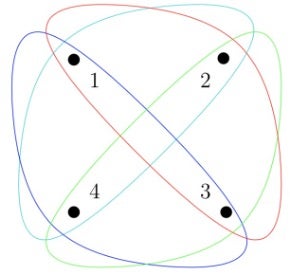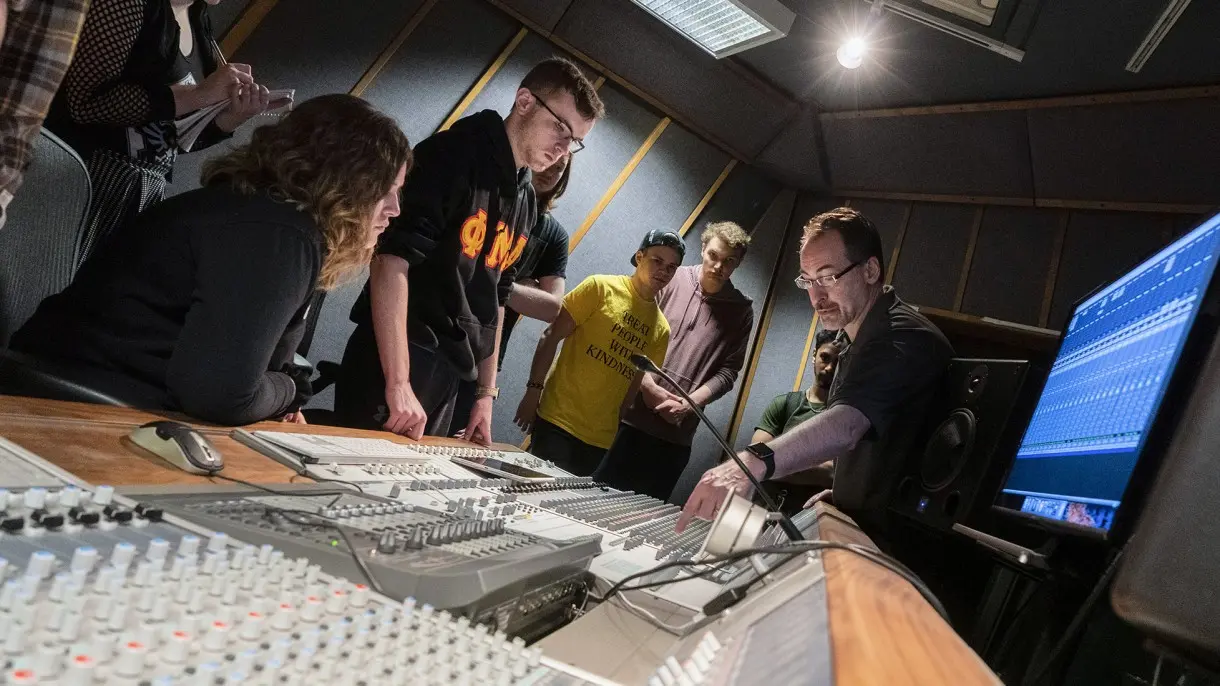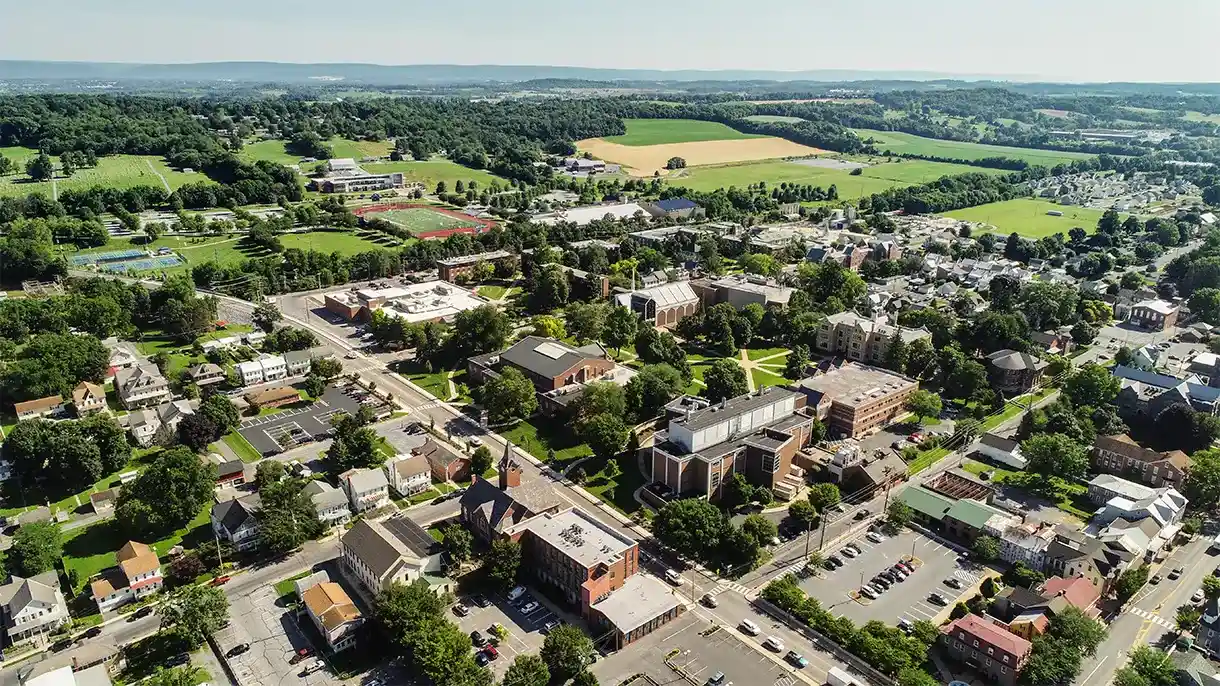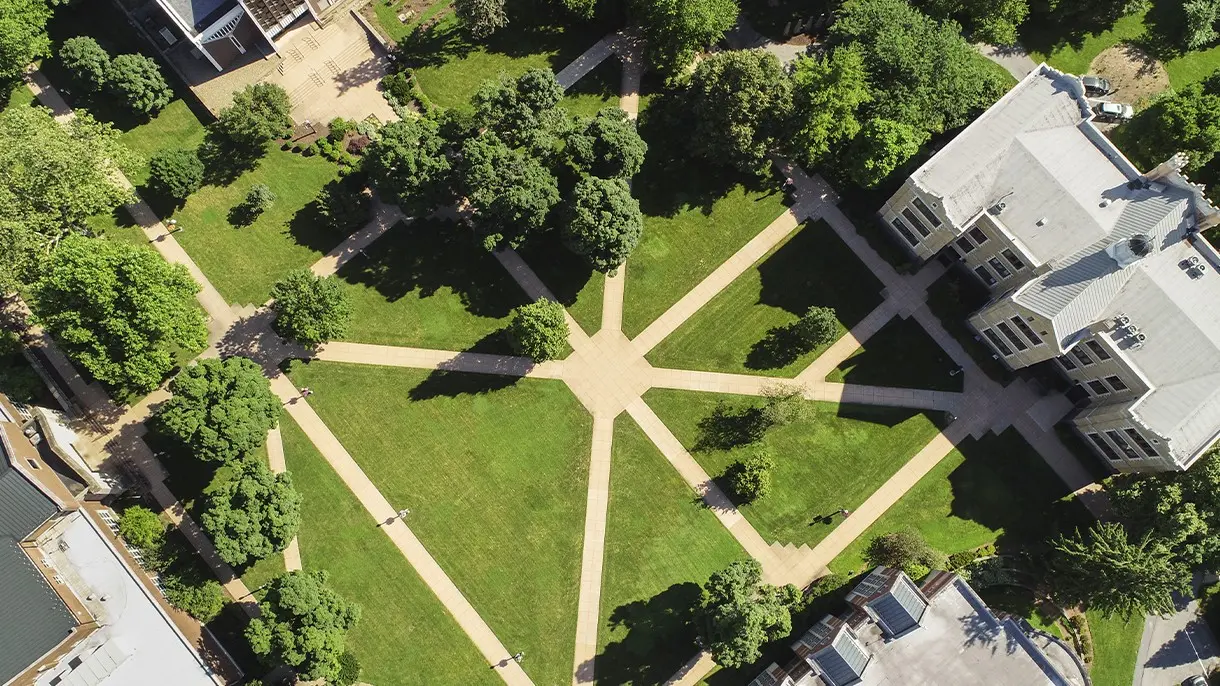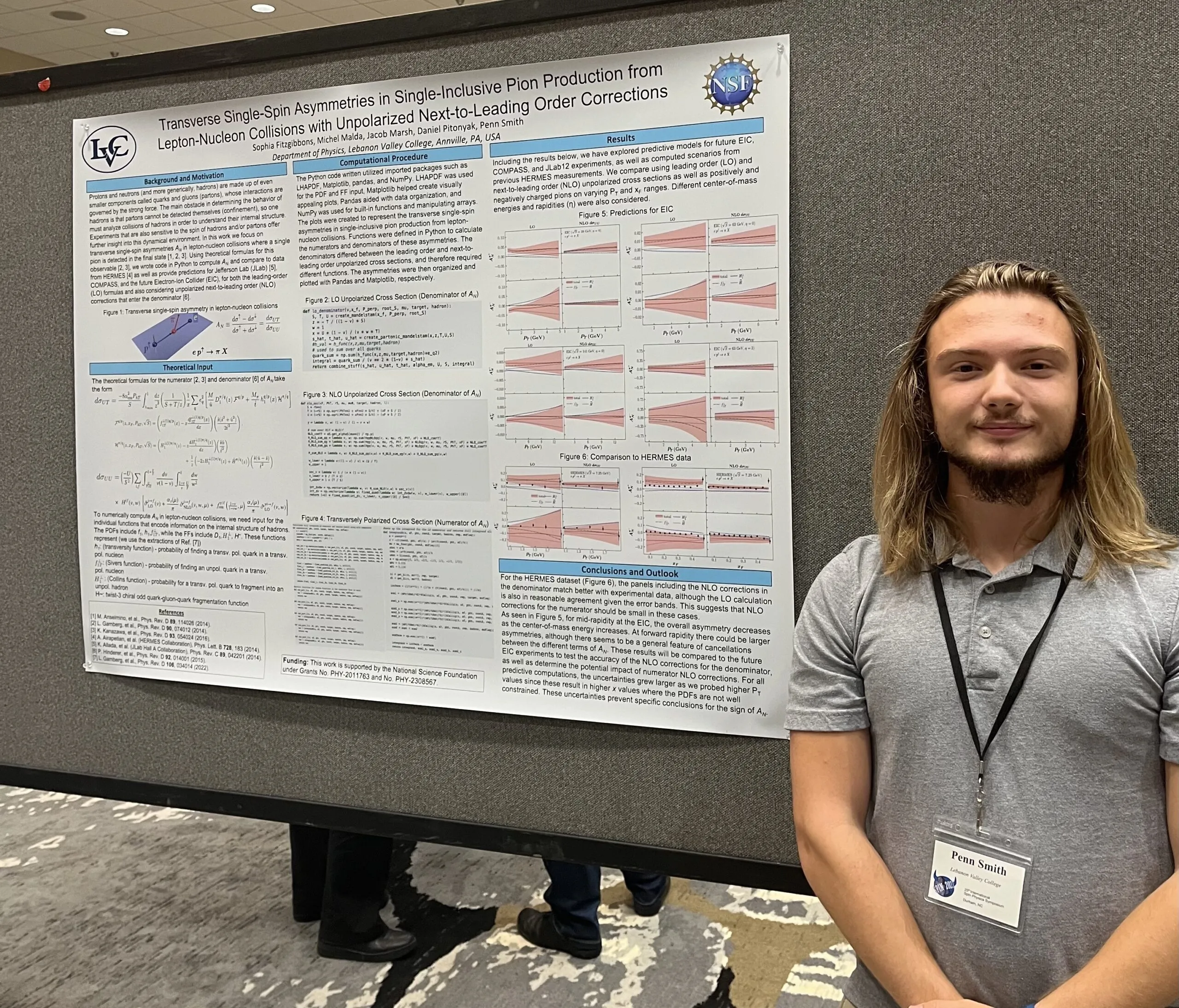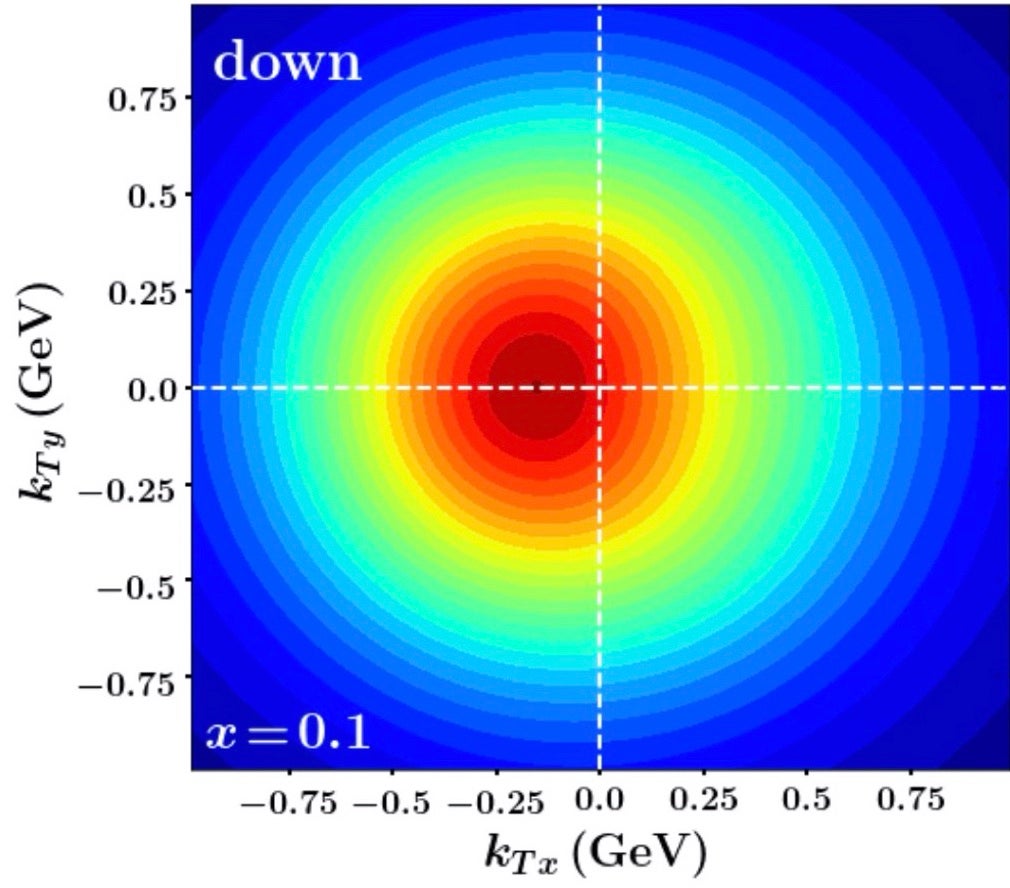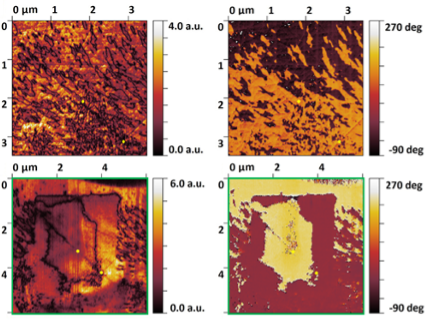| Penn Smith |
2024 |
S. Fitzgibbons, M. Malda, J. Marsh, D. Pitonyak and P. Smith, “Updated numerical study of TSSAs in single-inclusive pion production from lepton-nucleon collisions,” Phys. Lett. B 852, 138606 (2024) [arXiv:2401.02391 [hep-ph]]. |
| Michel Malda |
2024 |
S. Fitzgibbons, M. Malda, J. Marsh, D. Pitonyak and P. Smith, “Updated numerical study of TSSAs in single-inclusive pion production from lepton-nucleon collisions,” Phys. Lett. B 852, 138606 (2024) [arXiv:2401.02391 [hep-ph]]. |
| Jacob Marsh |
2024 |
S. Fitzgibbons, M. Malda, J. Marsh, D. Pitonyak and P. Smith, “Updated numerical study of TSSAs in single-inclusive pion production from lepton-nucleon collisions,” Phys. Lett. B 852, 138606 (2024) [arXiv:2401.02391 [hep-ph]]. |
| Sophia Fitzgibbons |
2024 |
S. Fitzgibbons, M. Malda, J. Marsh, D. Pitonyak and P. Smith, “Updated numerical study of TSSAs in single-inclusive pion production from lepton-nucleon collisions,” Phys. Lett. B 852, 138606 (2024) [arXiv:2401.02391 [hep-ph]]. |
| Penn Smith |
2024 |
“Numerical Computation of Left-Right Asymmetries in Single-Inclusive Pion Production from Lepton-Nucleon Collisions,” Contributed talk at the APS April Meeting, Apr. 3, 2024, Sacramento, CA. |
| Jacob Marsh |
2024 |
“Transverse Single-Spin Asymmetries in Single-Inclusive Pion Production from Lepton-Nucleon Collisions with Unpolarized Next-to-Leading Order Corrections,” Contributed poster at the APS April Meeting, Apr. 6, 2024, Sacramento, CA. |
| Sophia Fitzgibbons |
2024 |
“Transverse Single-Spin Asymmetries in Single-Inclusive Pion Production from Lepton-Nucleon Collisions with Unpolarized Next-to-Leading Order Corrections,” Contributed poster at the APS April Meeting, Apr. 6, 2024, Sacramento, CA. |
| Brandon Bauer |
2023 |
B. Bauer, D. Pitonyak and C. Shay, “Numerical study of the twist-3 asymmetry ALT in single- inclusive electron-nucleon and proton-proton collisions,” Phys. Rev. D 107, 014013 (2023) [arXiv:2210.14334 [hep-ph]]. |
| Cody Shay |
2023 |
B. Bauer, D. Pitonyak and C. Shay, “Numerical study of the twist-3 asymmetry ALT in single- inclusive electron-nucleon and proton-proton collisions,” Phys. Rev. D 107, 014013 (2023) [arXiv:2210.14334 [hep-ph]]. |
| Jack Putnam |
2023 |
David W. Lyons, Cristina Mullican, Adam Rilatt, and Jack D. Putnam, “Werner states from diagrams,” Journal of Physics A: Mathematical and Theoretical, 56(22):225301, May 2023 [arXiv:2302.05572]. |
| Brandon Bauer |
2023 |
“Numerical Study of Twist-3 Longitudinal-Transverse Double-Spin Asymmetries: a Probe of Quark- Gluon-Quark Correlations in Hadrons,” Contributed talk at the APS Group on Hadronic Physics Meeting, Apr. 14, 2023, Minneapolis, MN. |
| Cody Shay |
2023 |
“Numerical Study of Single-Inclusive Longitudinal-Transverse Double-Spin Asymmetries in Electron- Nucleon and Proton-Proton Collisions,” Contributed poster at the APS April Meeting, Apr. 15, 2023, Minneapolis, MN. |
| Alex Heilman |
2022 |
Paul Appel, Alexander J. Heilman, Ezekiel W. Wertz, David W. Lyons, Marcus Huber, Matej Pivoluska, and Giuseppe Vitagliano, “Finite-Function-Encoding Quantum States,” Quantum, 6:708, May 2022 [arXiv:2012.00490]. |
| Ezekiel Wertz |
2022 |
Paul Appel, Alexander J. Heilman, Ezekiel W. Wertz, David W. Lyons, Marcus Huber, Matej Pivoluska, and Giuseppe Vitagliano, “Finite-Function-Encoding Quantum States,” Quantum, 6:708, May 2022 [arXiv:2012.00490]. |
| Jacob Marsh |
2022 |
Wei Sun, Keith Veenhuizen, Jacob Marsh, Volkmar Dierolf, Himanshu Jain, “Determination of the structure of lithium niobosilicate glasses by molecular dynamics simulation with a new Nb-O potential,” Computational Materials Science, Volume 207, May 2022, 111307. |
| Jacob Franklin |
2022 |
Keith Veenhuizen, Collin Barker, Jacob Franklin, Sean McAnany, Bruce Aitken, Daniel Nolan, Volkmar Dierolf, Himanshu Jain, “The role of glass composition in the 3D laser fabrication of lithium niobate single crystal in lithium niobosilicate glass,” Optical Materials, Volume 128, June 2022, 112380. |
| Joshua Miller |
2022 |
L. Gamberg, M. Malda, J. A. Miller, D. Pitonyak, A. Prokudin and N. Sato, “Updated QCD global analysis of single transverse-spin asymmetries: Extracting H ̃, and the role of the Soffer bound and lattice QCD,” Phys. Rev. D 106, 034014 (2022) [arXiv:2205.00999 [hep-ph]]. |
| Michel Malda |
2022 |
L. Gamberg, M. Malda, J. A. Miller, D. Pitonyak, A. Prokudin and N. Sato, “Updated QCD global analysis of single transverse-spin asymmetries: Extracting H ̃, and the role of the Soffer bound and lattice QCD,” Phys. Rev. D 106, 034014 (2022) [arXiv:2205.00999 [hep-ph]]. |
| Brandon Bauer |
2022 |
“Numerical Study of Single-Inclusive Longitudinal-Transverse Double-Spin Asymmetries in Electron- Proton and Proton-Proton Collisions,” Contributed poster at the Conference Experience for Undergraduates at the APS Division of Nuclear Physics Fall Meeting, Oct. 28, 2022, New Orleans, LA. |
| Ben Gordon |
2022 |
“Analysis of the cos2φ and cosφ Modulations in Semi-Inclusive Deep-Inelastic Scattering,” Contributed talk at the APS April Meeting, Apr. 9, 2022, New York, NY. |
| Michel Malda |
2022 |
“Updated QCD Global Analysis of Single Transverse-Spin Asymmetries with Additional Constraints from Experimental Data and Lattice QCD,” Contributed talk at the APS April Meeting, Apr. 9, 2022, New York, NY. |
| Ben Gordon |
2021 |
“Analysis of the cos 2φ Modulation in Semi-Inclusive Deep-Inelastic Scattering,” Contributed talk at the Conference Experience for Undergraduates at the APS Division of Nuclear Physics Fall Meeting, Oct. 13, 2021, remote. |
| Michel Malda |
2021 |
“Updated QCD Global Analysis of Single Transverse-Spin Asymmetries,” Contributed talk at the Conference Experience for Undergraduates at the APS Division of Nuclear Physics Fall Meeting, Oct. 13, 2021, remote. |
| Olivia Magneson |
2021 |
“Phase-selective laser-induced crystallization of lead bismuth gallate glass,” Contributed poster at the Glass and Optical Materials Division (GOMD) 2021 Annual Meeting, Dec. 13, 2021, remote. |
| Jacob Franklin |
2021 |
“Formation of continuous lithium niobate single crystals in lithium niobosilicate glass via femtosecond laser irradiation,” Contributed poster at the Glass and Optical Materials Division (GOMD) 2021 Annual Meeting, Dec. 13, 2021, remote. |
| Justin Cammarota |
2020 |
J. Cammarota, L. Gamberg, Z. B. Kang, J. A. Miller, D. Pitonyak, A. Prokudin, T. C. Rogers and N. Sato, “Origin of single transverse-spin asymmetries in high-energy collisions,” Phys. Rev. D 102, 054002 (2020) [arXiv:2002.08384 [hep-ph]]. |
| Joshua Miller |
2020 |
J. Cammarota, L. Gamberg, Z. B. Kang, J. A. Miller, D. Pitonyak, A. Prokudin, T. C. Rogers and N. Sato, “Origin of single transverse-spin asymmetries in high-energy collisions,” Phys. Rev. D 102, 054002 (2020) [arXiv:2002.08384 [hep-ph]]. |
| Ben Gordon |
2020 |
“Extraction of the Boer-Mulders Function from Unpolarized SIDIS Data,” Contributed poster at the Conference Experience for Undergraduates at the APS Division of Nuclear Physics Fall Meeting, Oct. 30, 2020, remote. |
| Adam Rilatt |
2020 |
“Extraction of the Boer-Mulders Function from Unpolarized SIDIS Data,” Contributed poster at the Conference Experience for Undergraduates at the APS Division of Nuclear Physics Fall Meeting, Oct. 30, 2020, remote. |
| Michel Malda |
2020 |
“Mapping the 3D Structure of Hadrons through Asymmetries in Single-Inclusive Pion Production from Electron-Proton Collisions,” Contributed talk at the Conference Experience for Undergraduates at the APS Division of Nuclear Physics Fall Meeting, Oct. 30, 2020, remote. |
| Collin Barker |
2019 |
“Laser-induced crystallization and reduction of copper-doped lithium niobosilicate glass,” Contributed poster at the 25th International Congress on Glass, Jun. 9, 2019, Boston, MA |
| Joshua Miller |
2019 |
“Laser-induced crystallization and reduction of copper-doped lithium niobosilicate glass,” Contributed poster at the 25th International Congress on Glass, Jun. 9, 2019, Boston, MA |
| Ezekiel Wertz |
2017 |
David W. Lyons, Nathaniel P. Gibbons, Mark A. Peters, Daniel J. Upchurch, Scott N. Walck, and Ezekiel W. Wertz, “Local Pauli stabilizers of symmetric hypergraph states,” Journal of Physics A: Mathematical and Theoretical, 50(24):245303, 2017 [arXiv:1609.01306]. |
| Nate Gibbons |
2017 |
David W. Lyons, Nathaniel P. Gibbons, Mark A. Peters, Daniel J. Upchurch, Scott N. Walck, and Ezekiel W. Wertz, “Local Pauli stabilizers of symmetric hypergraph states,” Journal of Physics A: Mathematical and Theoretical, 50(24):245303, 2017 [arXiv:1609.01306]. |
